Maggio 2024
Storia
Sky-Frame Metamorphosis

At the age of 80, James Turrell is far from thinking about quitting. Nor can he. Because his unfinished life's work, the "Roden Crater", still relies on his perfection and vision even after 50 years.
James Turrell's works captivate viewers around the world. In his compositions, light is not used to set the scene for other works. Light itself is the work of art that speaks emotionally, sensually and spiritually to everyone who comes into contact with it.
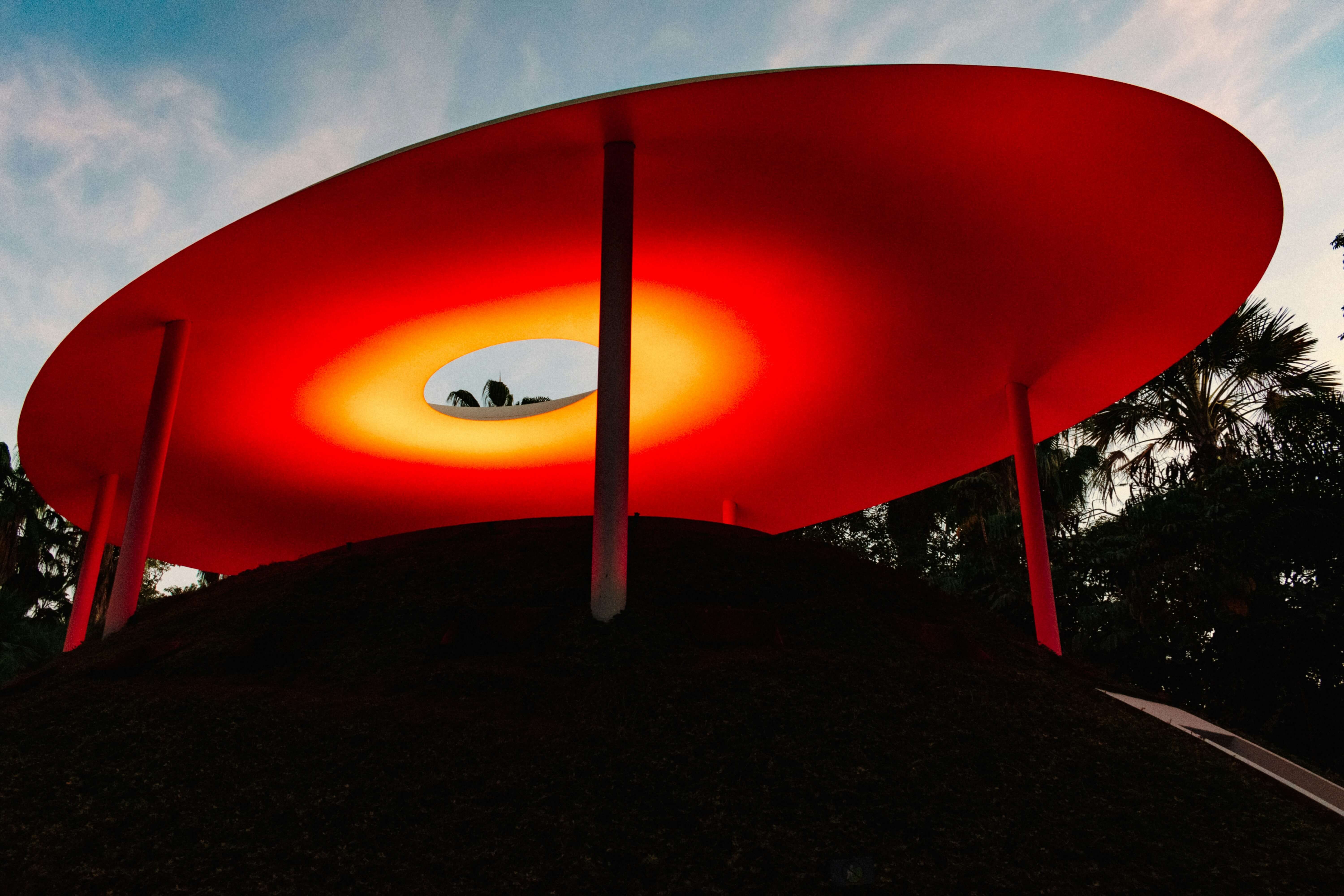 Jardín Botánico Culiacán, Photo by Fotografías con Limón
Jardín Botánico Culiacán, Photo by Fotografías con Limón
Experience for the senses
Light is omnipresent and yet intangible. James Turrell nevertheless succeeds with his works of art. His atmospheric installations allow viewers to almost feel the light. His compositions of natural and artificial light, which incorporate sunrise and sunset as well as the respective surroundings, often leave people emotionally and even spiritually moved.
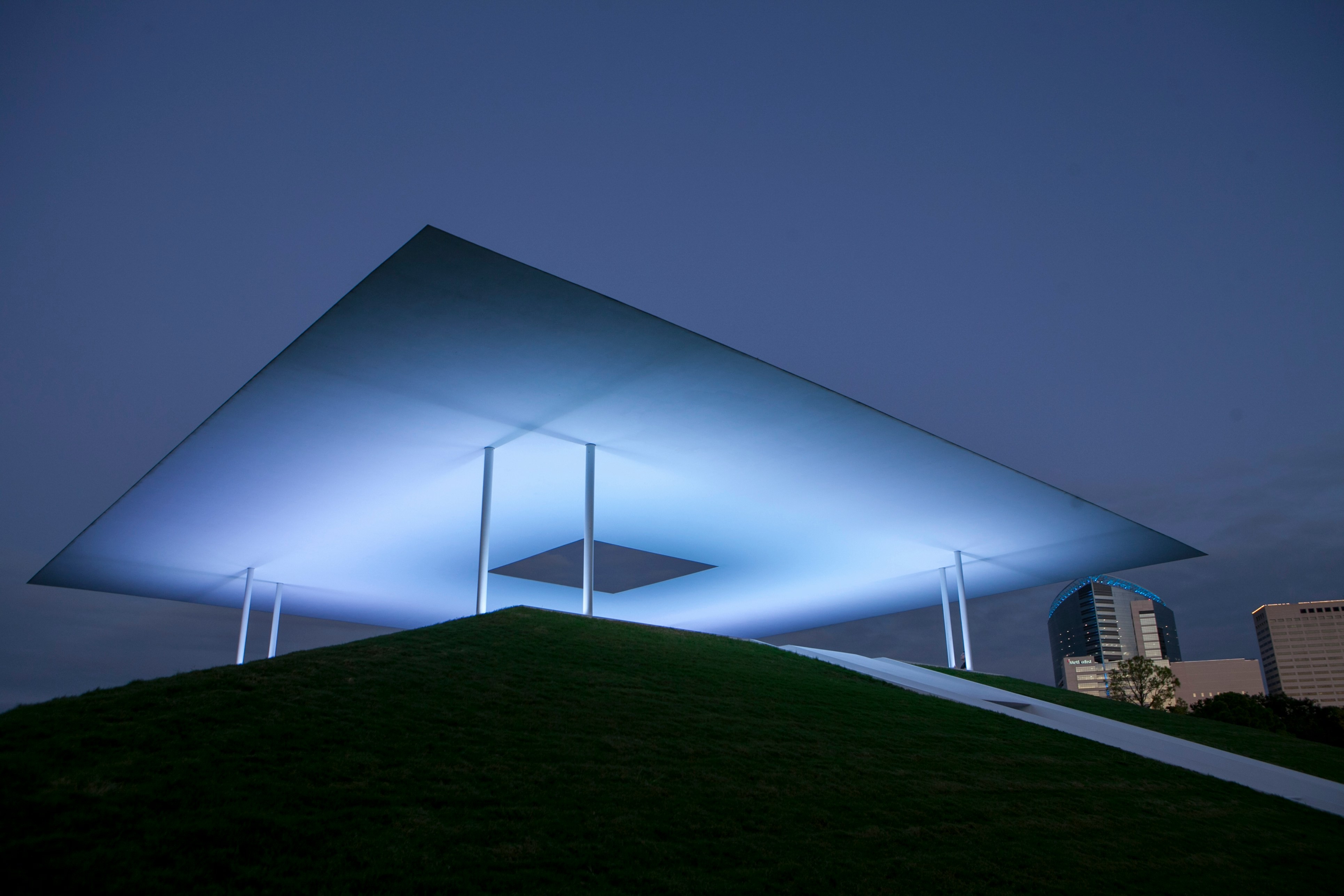 Rice University Houston, Photo by Cam
Rice University Houston, Photo by Cam
The precisely coordinated interplay of light, colour, space and time is able to blur the boundaries between reality and illusion. This is entirely in the spirit of the artist. "Science demands answers. Art, however, delights in the good question."
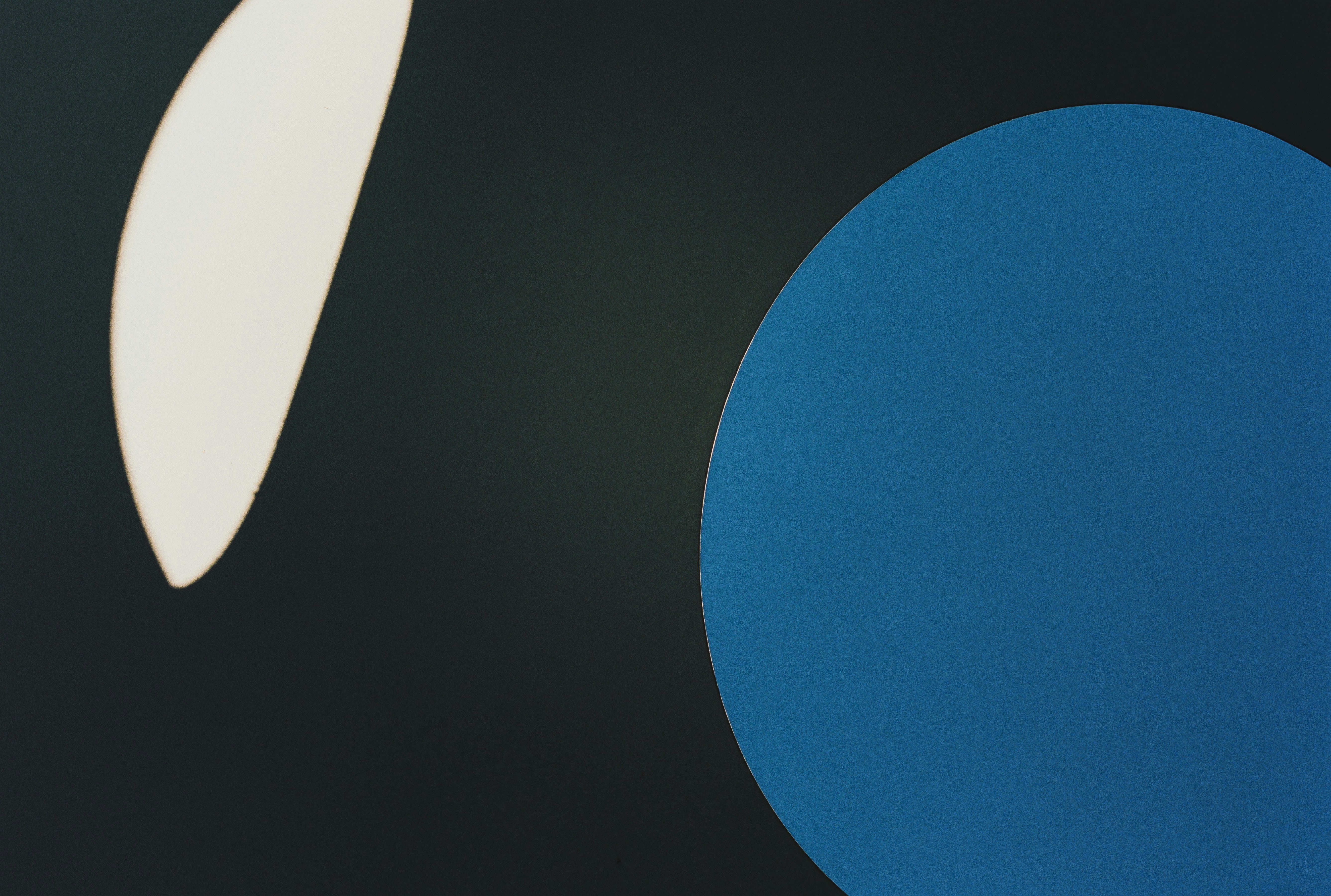 Within without Skyspace National Gallery of Australia, Photo by Ryan Cuerden
Within without Skyspace National Gallery of Australia, Photo by Ryan Cuerden
From Argentina to Norway. From Switzerland to China.
James Turrell's artworks can be found all over the world. In the 1970s, he began a series of works that he called Skyspaces. A Skyspace is an observatory, a chamber with an opening in the ceiling through which visitors can observe the sky. There are currently more than 90 such gates to the sky around the world. Thanks to programmed lighting, sunrise and sunset are transformed before the eyes of the observer. The tonality of the lights influences the way the sky is perceived and triggers an aesthetic experience in the viewer.
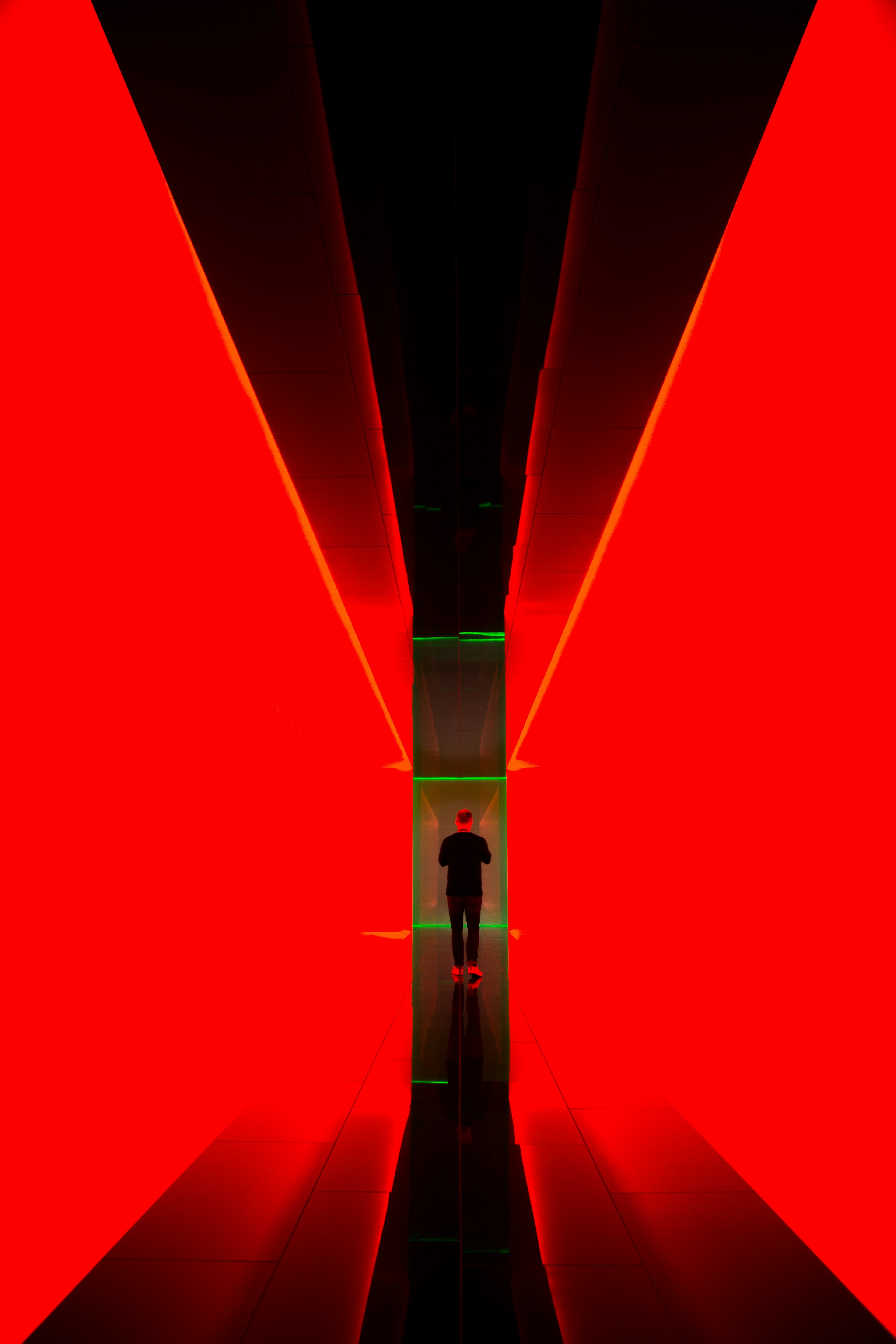 Museum of Old and New Art (MONA) Tasmanien, Photo by Mahdis Mousavi
Museum of Old and New Art (MONA) Tasmanien, Photo by Mahdis Mousavi
There is also a Skyspace in Vorarlberg, Austria, 1,780 metres above sea level. Oberlech Tannegg is said to have caught James Turrell's eye during a hike and never let go. The "Skyspace Lech" was opened in 2018 and is accessible all year round via a hiking trail. Amidst a breathtaking mountain panorama, visitors enter a main room via a 15-metre-long tunnel, where they can enjoy an unobstructed view of the sky - an unforgettable experience, especially around sunrise and sunset. In good weather conditions, the dome of the largely underground structure remains open. When the dome is closed, you become part of the artistic concept of Ganzfeldraum, in which your own perception becomes increasingly confused and distorted.
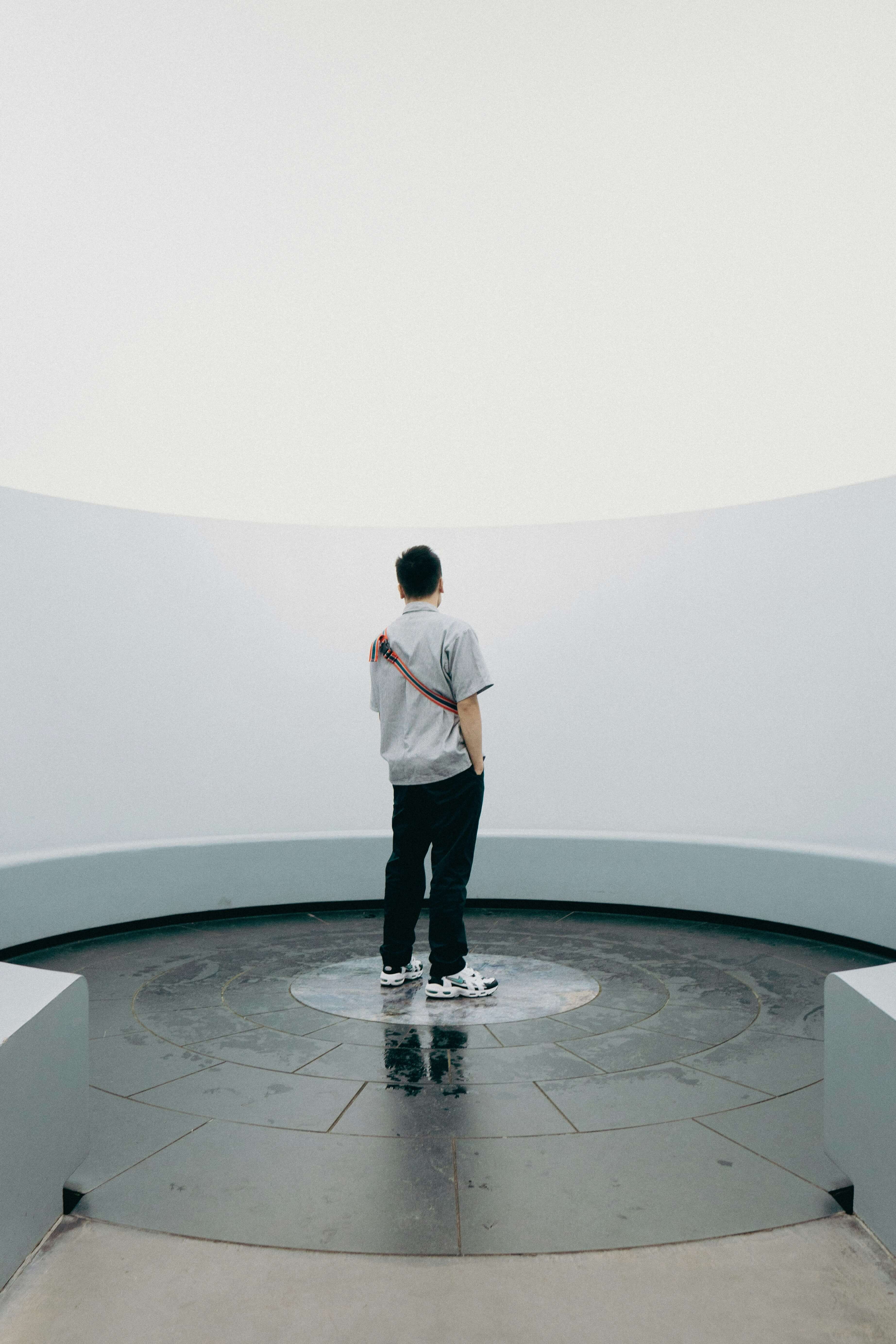 Within without Skyspace National Gallery of Australia, Photo by Amelia Vu
Within without Skyspace National Gallery of Australia, Photo by Amelia Vu
James Turrell has immortalised himself artistically in Switzerland in a similarly spectacular way. On a sunny slope in the Engadine National Park in Zuoz, a cylinder that looks inconspicuous from the outside is all the more captivating with its inner values. In the "Skyspace Piz Uter", the sky becomes part of the artwork through an opening in the ceiling, turning the transition from day to night into a visual spectacle. The Hotel Castell offers guided art tours.
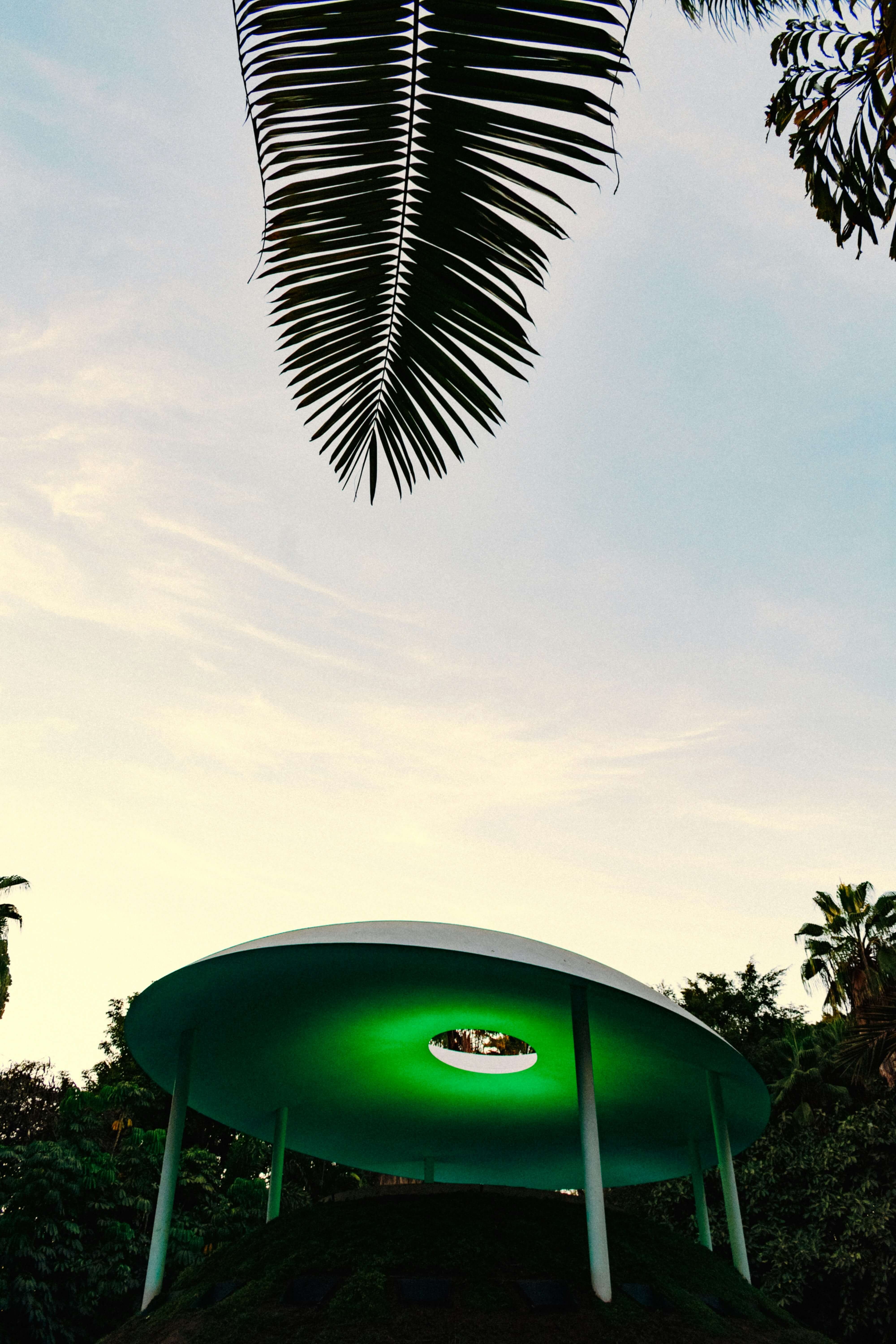 Jardín Botánico Culiacán, Photo by Fotografías con Limón
Jardín Botánico Culiacán, Photo by Fotografías con Limón
A special skyspace can be found in Mexico. There, James Turrell has constructed a work called Encounter for the Botanical Garden in Culiacán as an ellipse that simulates the shape of an eye as seen from the sky. Understood as a space for contemplation, introspection and reflection, the work is part of the curatorial discourse that Patrick Charpenel has developed for the botanical garden. Art is to become an ally here, helping the visitor to generate a new look, in reflection and connection with the space in which it is located.
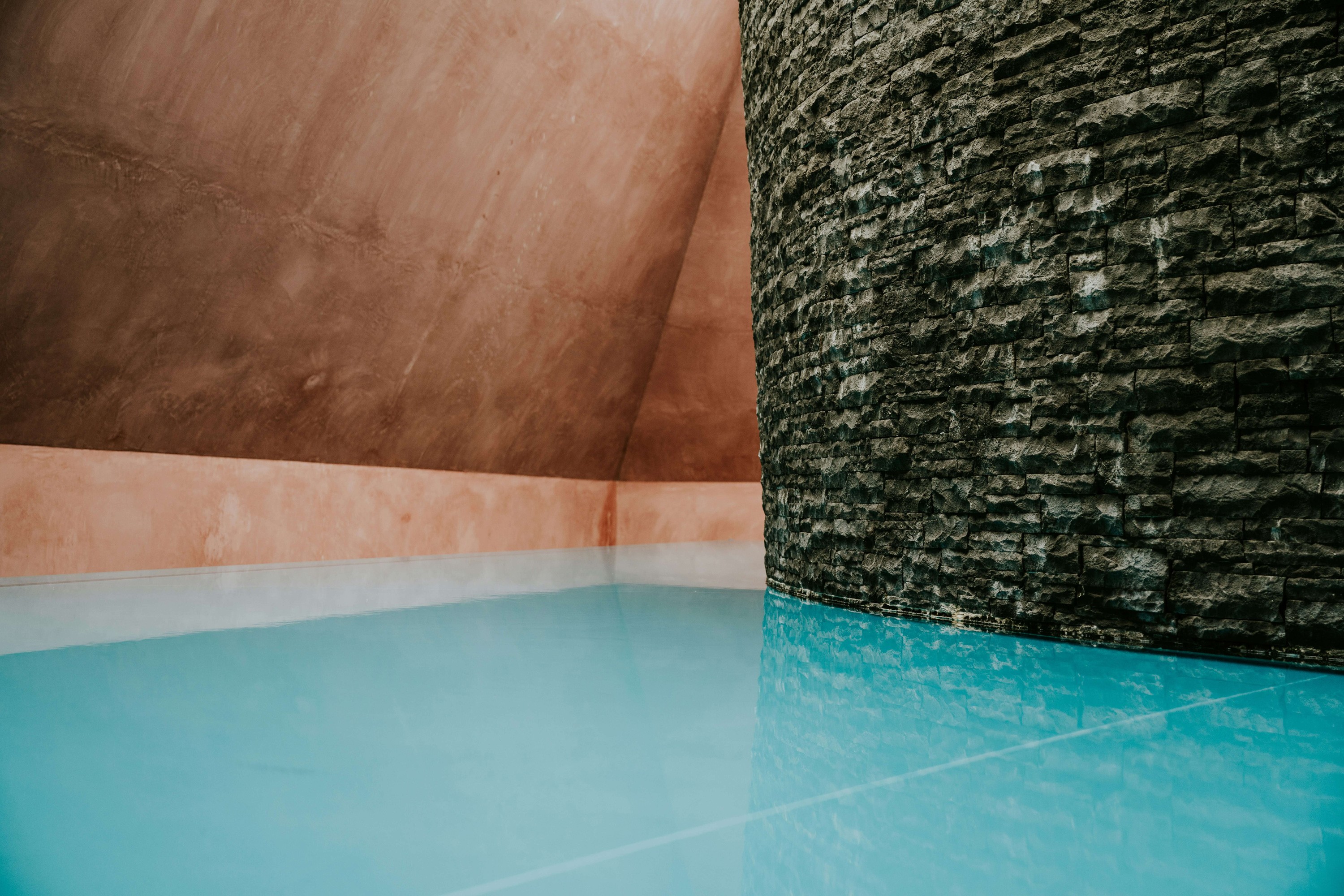 Within without Skyspace National Gallery of Australia, Photo by Ryan Cuerden
Within without Skyspace National Gallery of Australia, Photo by Ryan Cuerden
Unfinished life's work in Arizona
Like many artists, James Turrell attempts to challenge our often prejudiced way of seeing and feeling. His famous play with perception and the material of light is nowhere more tangible than in his life's work "Roden Crater".
When the artist was travelling by plane in the 1970s in search of a site for a predominantly underground light installation, he came across an extinct volcanic crater in what is now his home state of Arizona. A place that he calls a "Place of Powerful Quality", as it emanates the same magic as the area around Machu Picchu or the Egyptian pyramids. Difficult to put into words - impossible not to feel it.
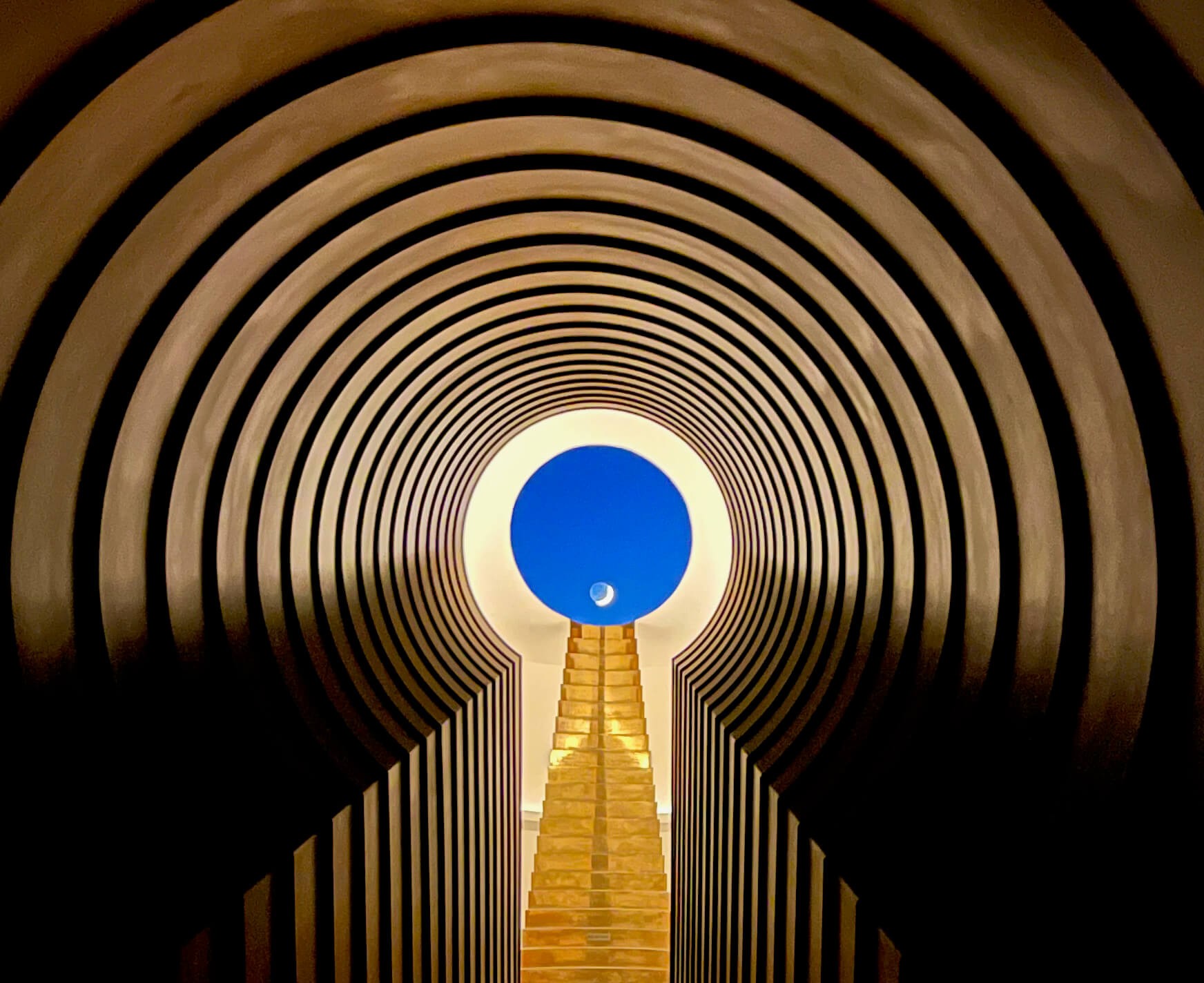 Roden Crater Telescope, Photo by Steve Jurvetson (https://flic.kr/p/2mHj8FJ)
Roden Crater Telescope, Photo by Steve Jurvetson (https://flic.kr/p/2mHj8FJ)
Since then, James Turrell has been building a place in the middle of the desert that invites contemplation and introspection. The underground network of tunnels, in which he has designed celestial observatories based on astronomical calculations that also take into account changes in the seasons and weather conditions, has so far only been accessible to a privileged few. However, those who have experienced it can no longer forget it.
Master of light by vocation
James Turrell stages the power of light like no other. Time and again, he challenges himself and, by extension, everyone who comes into contact with his works. As a visionary and perfectionist, he impressively proves that light can be much more than our imagination often allows. A vision that is reflected in Sky-Frame. Frameless windows with a threshold-free transition open up a room to the surrounding nature and light. This fusion of inside and outside makes light a fascinating design element of architecture: inside outside living.
Text: Linkgroup, Julia Kliewer
James Turrell began experimenting with light at the age of 23. Today, his works can be found on every continent. The American master of light plays with the laws of optics and perceptual psychology to create holistically captivating experiences that you will never forget. James Turrell was born in 1943 in Los Angeles into a strict Quaker family. He obtained his pilot's licence at the age of 16, studied mathematics and psychology and later devoted himself entirely to art and his fascination with light. Today, he lives and works in Arizona in the USA and frequently travels around the world, where his 90 or so works of art can be admired. In the 1960s, the US American began creating light spaces. Since the 1970s, he has been fond of skyspaces: structures open to the sky, with which Turrell combines buildings and landscape, culture and nature, the created and the existing to create unique works of art.